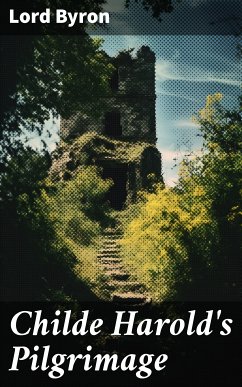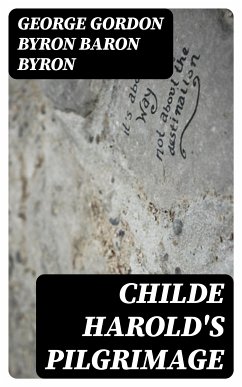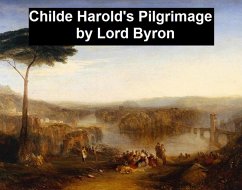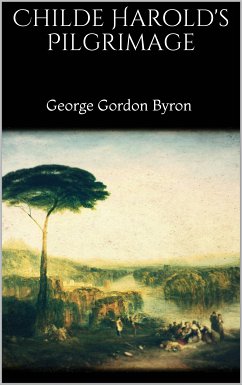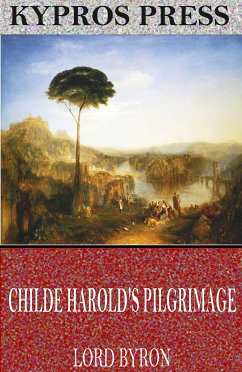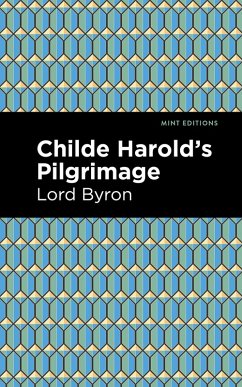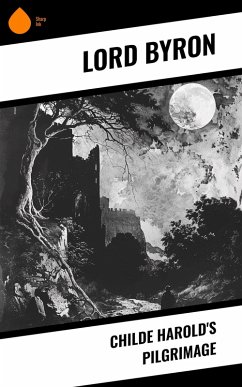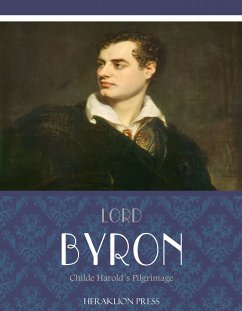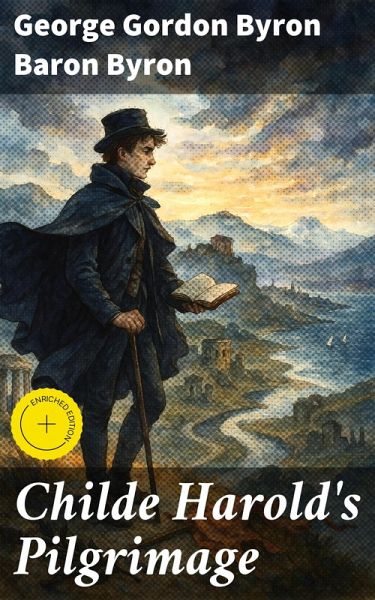
Childe Harold's Pilgrimage (eBook, ePUB)
Enriched edition. A Poetic Pilgrimage Through Europe's Heart: Loneliness, Disillusionment, and the Human Condition
Kommentar: Holloway, Ryan / Redaktion: Good Press

PAYBACK Punkte
0 °P sammeln!
"Childe Harold's Pilgrimage" stands as a seminal work in the Romantic canon, encapsulating the journey of its titular character, a disillusioned young nobleman who traverses Europe while grappling with profound existential questions. Byron's lyrical style, characterized by vivid imagery and a reflective tone, not only captures the emotional landscape of the early 19th century but also critiques the societal norms of his time. This ambitious narrative poem interweaves personal introspection with historical commentary, positioning Harold's travels as a metaphor for the larger quest for identity ...
"Childe Harold's Pilgrimage" stands as a seminal work in the Romantic canon, encapsulating the journey of its titular character, a disillusioned young nobleman who traverses Europe while grappling with profound existential questions. Byron's lyrical style, characterized by vivid imagery and a reflective tone, not only captures the emotional landscape of the early 19th century but also critiques the societal norms of his time. This ambitious narrative poem interweaves personal introspection with historical commentary, positioning Harold's travels as a metaphor for the larger quest for identity and authenticity amidst the turmoil of an era marked by revolution and upheaval. George Gordon Byron, the 6th Baron Byron, was a quintessential Romantic poet whose own turbulent life informed much of his work. Born in 1788 into a noble lineage marked by scandal and personal strife, Byron's experiences with exile, love, and the quest for freedom fueled his creative output. His interactions with key figures of the time, alongside his own adventures, inspired the creation of Harold'-a character both reflective of Byron's own passions and disillusionments, making it a deeply personal narrative. "Childe Harold's Pilgrimage" is highly recommended for readers seeking an exploration of the Romantic spirit and the complexities of the human experience. Its rich language and emotional depth resonate with those interested in understanding the interplay between travel, self-discovery, and societal reflection. Byron's poignant verses invite readers to embark on a journey that is both an external and internal pilgrimage, providing a profound literary experience that endures across generations. In this enriched edition, we have carefully created added value for your reading experience: - A succinct Introduction situates the work's timeless appeal and themes. - The Synopsis outlines the central plot, highlighting key developments without spoiling critical twists. - A detailed Historical Context immerses you in the era's events and influences that shaped the writing. - An Author Biography reveals milestones in the author's life, illuminating the personal insights behind the text. - A thorough Analysis dissects symbols, motifs, and character arcs to unearth underlying meanings. - Reflection questions prompt you to engage personally with the work's messages, connecting them to modern life. - Hand-picked Memorable Quotes shine a spotlight on moments of literary brilliance. - Interactive footnotes clarify unusual references, historical allusions, and archaic phrases for an effortless, more informed read.
Dieser Download kann aus rechtlichen Gründen nur mit Rechnungsadresse in A, B, BG, CY, CZ, D, DK, EW, E, FIN, F, GR, H, IRL, I, LT, L, LR, M, NL, PL, P, R, S, SLO, SK ausgeliefert werden.




